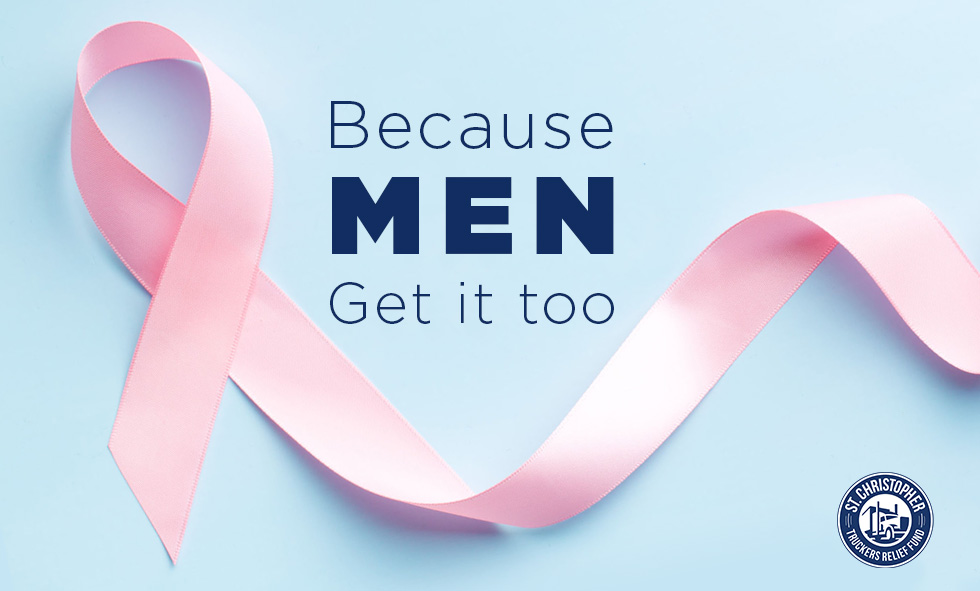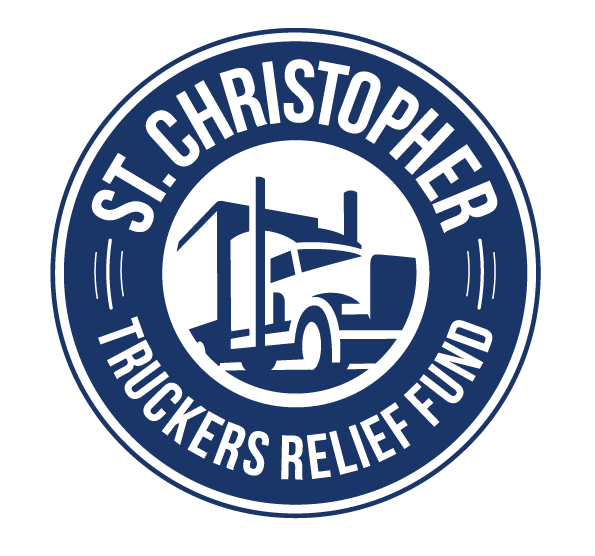
You’ve probably seen the pink ribbons, T-shirts, and other paraphernalia while shopping in fuel stops and big box stores, but if you didn’t already know, October is National Breast Cancer Awareness Month. According to the American Cancer Society, approximately 281,000 women and over 2,700 men were diagnosed with breast cancer in 2021. So, while traditionally breast cancer has been thought of a women’s cancer, men are vulnerable to this disease as well. In fact, approximately, 1 out of every 100 people with breast cancer in the United States is a man. Those statistics may seem low, but what if you are that one person?
The types of breast cancer in men are the same ones that women encounter. They are ductal carcinoma, invasive ductal carcinoma, and invasive lobular carcinoma. The treatment is also the same. Fortunately, through education, you can know the symptoms, the risk factors, and what can be done to reduce the chance of having it.
Let’s discuss the risk factors. There are several factors that can increase the breast cancer risk. Of note, this does not mean a man will get breast cancer if he has some of the risk factors mentioned below.
- Age- Most breast cancer occurs in men 50 years of age and older.
- History of breast cancer in a family- The risk is higher if a close family member has had breast cancer.
- Hormone Therapy Treatment-Taking a drug that contains estrogen can increase the risk of breast cancer.
- Liver disease- Men with cirrhosis of the liver have higher estrogen levels and are at greater risk.
- Radiation- Men who have had chest radiation therapy increase the risk of breast cancer.
- Being obese/overweight- This raises the risk of developing breast cancer.
Do you know the symptoms of breast cancer? Men are not routinely taught to do monthly breast exams or to be aware of certain signs and symptoms. Below are the most common signs of breast cancer. If you exhibit any of these symptoms, see a doctor. These symptoms can be attributed to other conditions, but they need to addressed.
- Flakiness or redness of the skin in the breast area.
- Swelling or lumps in the breast skin.
- Pain or dimpling of nipple area.
- Nipple discharge.
There is hope! Things can be done to reduce the risk of breast cancer if you are a man.
- Let your doctor know if you have a close family member that has had breast cancer. There is genetic counseling testing available.
- Lose weight if necessary and maintain that healthy weight. Being obese has been shown to be risk factor in many cancers, not only breast cancer.
- Make a habit of routinely checking your chest for any of the signs above.
What’s the Takeaway?
Men can get breast cancer. It’s important to know the risk factors, the symptoms, and the ways you can reduce your risk. Knowledge is power.
Best in Health,
Julie Dillon, TNC, HHC, TTS
